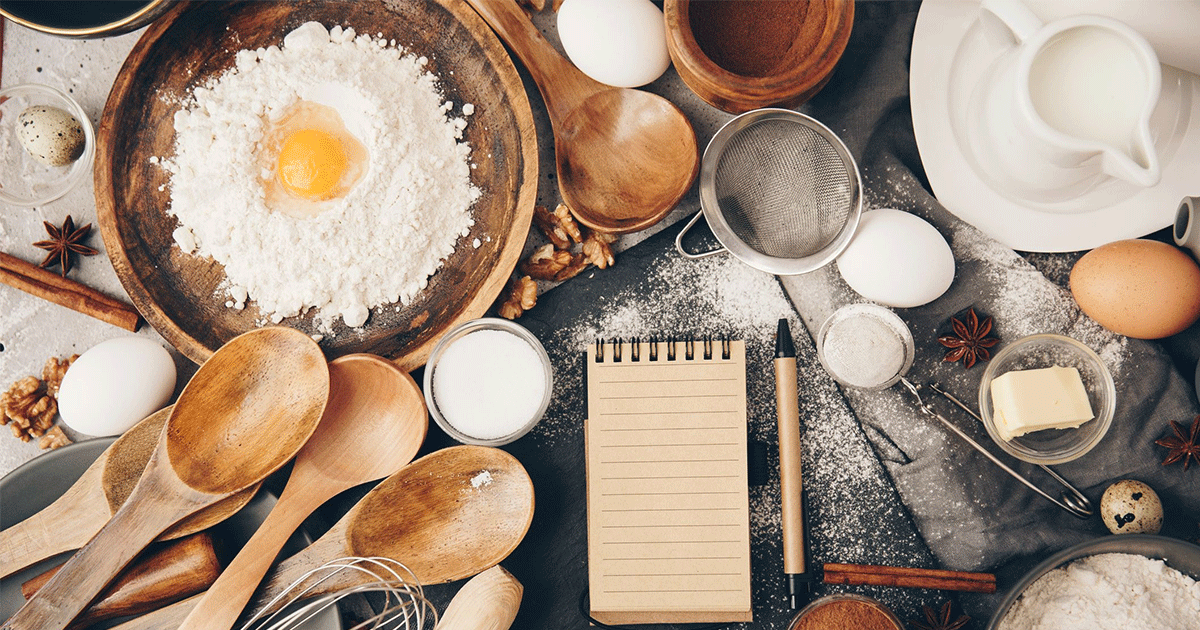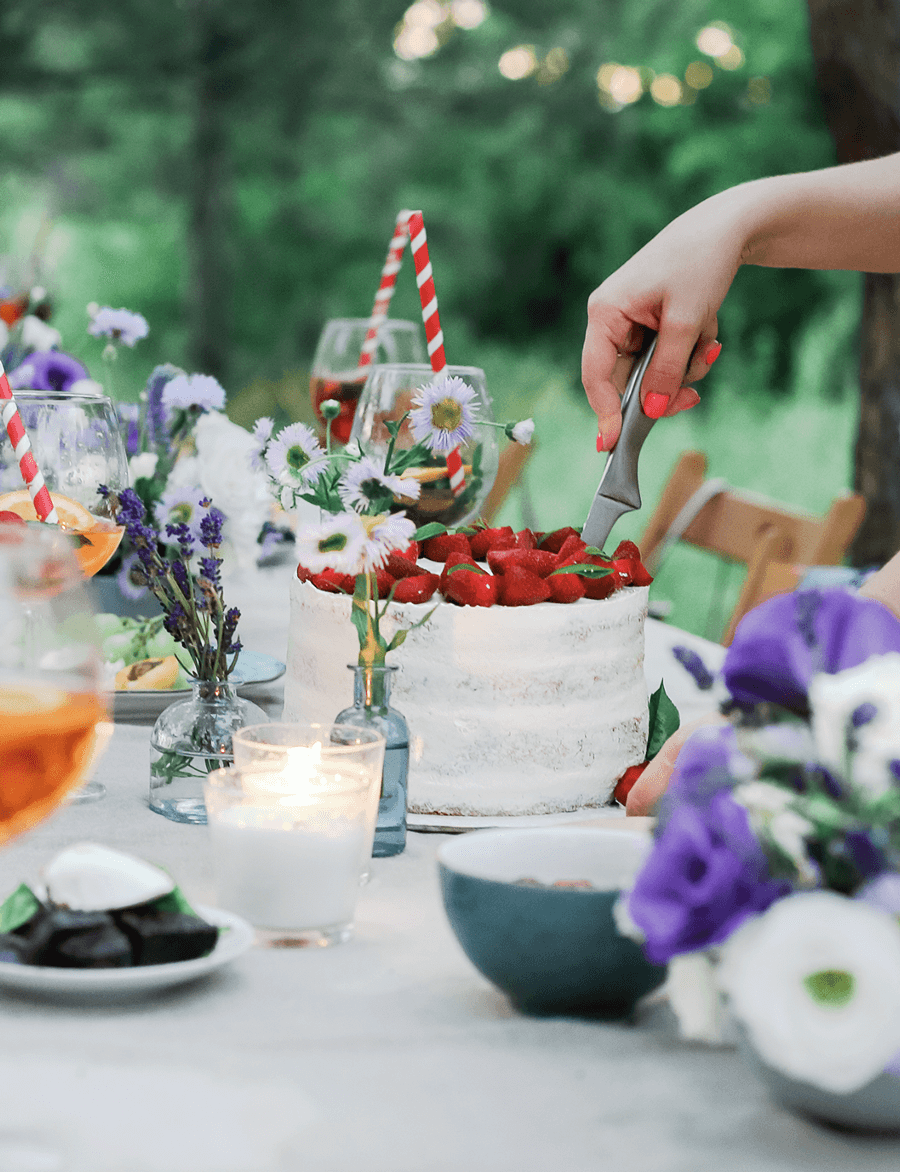Founded by BANO-PURATOS in 2019, ABA Academy of Baking Arts offers a full experience in pastry, bakery, chocolate and ice cream for beginners and professionals with different designed courses by local and international renowned chefs.

From opening the oven door too early to using out-of-date ingredients, there are plenty of reasons why a beautiful cake can become a sunken disappointment
1. NOT MEASURING YOUR INGREDIENTS ACCURATELY
You can generally get away with eyeballing your ingredients when it comes to cooking, but baking often requires more precision. You shouldn’t just assume what your cups and spoons are, but carefully measure the ingredients as the recipes require.
TIP: Use calibrated measuring spoons rather than cutlery spoons.
2. MIXING EITHER TOO LONG OR TOO LITTLE
You need to ensure you properly mix all the ingredients, but that you don’t keep mixing it for too long. The right mixture can influence the consistency and even the taste. Keep an eye on the consistency and follow the specific mixing tips of the recipe.
3. NOT FOLLOWING THE METHOD PROPERLY
If a recipe says beat eggs and sugar together for 5 minutes, or to wait for butter to cool before adding it to a mixture, then there’s generally a scientific reason why, and doing otherwise will result in a flop. Follow the method to the letter.
4. USING INGREDIENTS THAT AREN’T AT THE RIGHT TEMPERATURE
Forgot to take the eggs out of the fridge? Stop your baking process and wait for them to get to room temperature if that’s what the recipe says. Plan ahead and get your ingredients to the proper temperature, certain ingredients really do perform better at specific temperatures: Room-temperature eggs give cakes more volume, cold butter won’t fluff up as much when you mix it with sugar, warm water will activate your yeast.
TIP: If you’re tight for time, pop the eggs in a bowl of warm tap water for a few minutes and put the butter in the microwave for 20 seconds to soften it without melting it.
5. HOLDING ON TO THE AIR BUBBLES
Too many air bubbles in your cake batter can create holes and cracks in your cake. Ensure a smooth finish by tapping the pan on the counter a few times before putting it in the oven, it will get rid of the air bubbles.
6. PICKING THE WRONG PAN
The most common mistake tends to be picking the wrong pan. The size of the tin affects the cooking time and how thick or thin the sponge turns out.
Use the tin size stated in the recipe.
TIP: Larger and shallow pans require more heat whereas deeper pans require less heat.
7. BAKING AT THE WRONG TEMPERATURE
Temperature is among the most influential elements in baking. Preheat your oven according to the temperature mentioned in the recipe. For this to succeed, you also need to know the type of oven you have – fan assisted ovens require different heat to those without a fan.
8. OPENING THE OVEN DOOR TOO SOON
Opening the oven door while your cake is baking can be problematic. Ovens are sensitive and peeking this way can cause the temperature to fluctuate, causing your cake to bake unevenly. Only start checking once the minimum time stated has passed.
If you find your cake isn’t cooked, don’t keep opening the door every minute to check wait at least another 5-10min, depending on how close you believe it is to being done.
TIP: If your cake seems to be browning too quickly while still raw in the middle, cover the top of the tin with foil for the remainder of the cooking time.
9. TAKING TOO LONG TO PUT THE CAKE IN THE OVEN
While you shouldn’t rush cake baking, you also shouldn’t take too long when letting the batter sit. If you leave the rising agents out for too long, the batter will start deflating and you’ll end up with a flat cake.
TIP: Make sure your tin is prepared, the oven is preheated and all your ingredients are out before you begin baking.
10. USING OLD PRODUCTS
While you probably aren’t baking a cake with flour, butter or eggs that have gone bad. Baking soda and baking powder can last a long time, but you definitely need to check the expiry date to ensure it hasn’t been too long!






